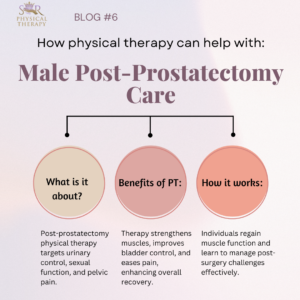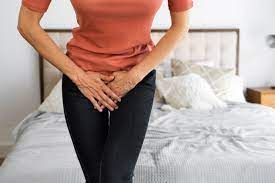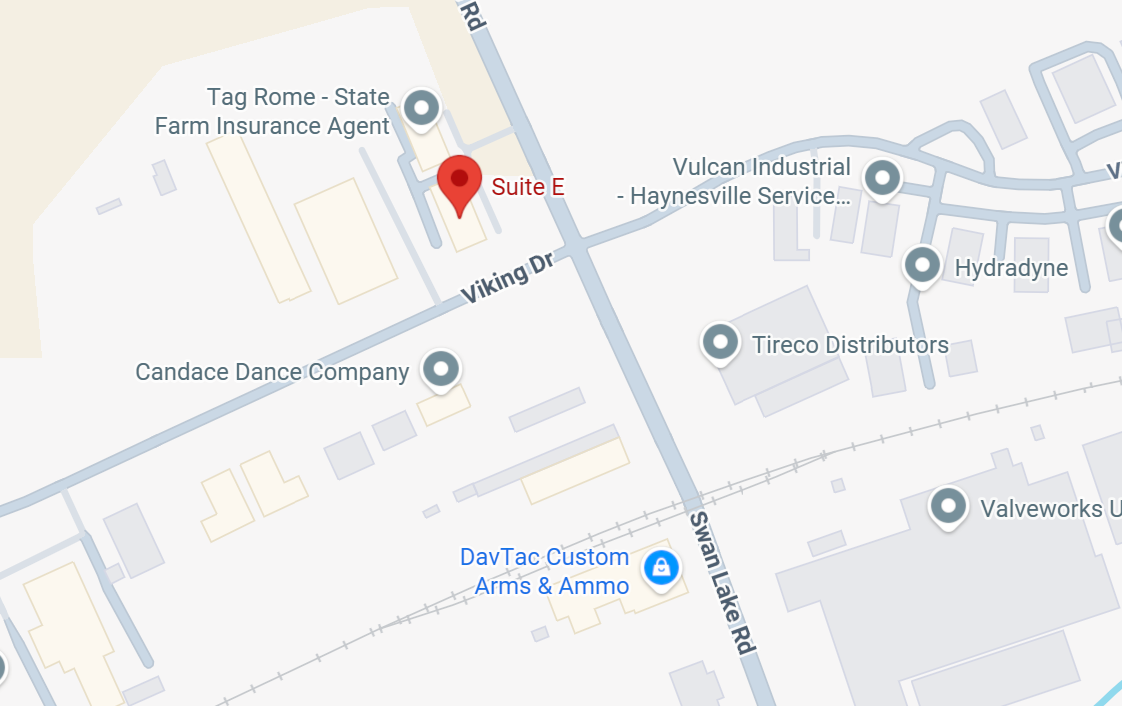How Physical Therapy Can Help With: Male Post-Prostatectomy Care

After undergoing a prostatectomy, men may experience various challenges related to urinary continence, sexual function, and pelvic pain. Physical therapy plays a crucial role in addressing these concerns and promoting recovery and quality of life.
One of the primary focuses of physical therapy for male post-prostatectomy care is pelvic floor muscle rehabilitation. The surgery can disrupt the function of the pelvic floor muscles, leading to issues such as urinary incontinence or erectile dysfunction. Through targeted exercises and techniques, individuals can strengthen these muscles, improve bladder control, and enhance sexual function.
In addition to muscle strengthening, physical therapists may employ biofeedback and electrical stimulation to enhance pelvic floor muscle function. Biofeedback allows individuals to visualize and understand muscle activity, facilitating proper muscle activation and coordination. Electrical stimulation can help retrain the muscles and improve their responsiveness, aiding in the restoration of urinary continence and sexual function.
Moreover, physical therapy addresses scar tissue formation and postoperative pain management. Manual therapy techniques, such as soft tissue mobilization and scar massage, can help reduce scar adhesions, alleviate discomfort, and improve mobility in the pelvic region.
Education is another essential component of post-prostatectomy physical therapy. Therapists guide lifestyle modifications, bladder training techniques, and proper toileting habits to optimize urinary continence. Additionally, they offer counseling and support regarding sexual health and intimacy, empowering individuals to navigate changes and maintain a satisfying sex life post-surgery.
By addressing pelvic floor dysfunction, managing pain, and providing education and support, physical therapy facilitates the rehabilitation process after prostatectomy. Through personalized treatment plans and ongoing guidance, individuals can achieve improved urinary continence, sexual function, and overall quality of life following surgery.
Be Pain-Free. Feel Like Yourself Again.
Whether it's leakage, discomfort, or tension, healing is possible, and it starts with one appointment.
READ MORE EDUCATIONAL BLOGS




